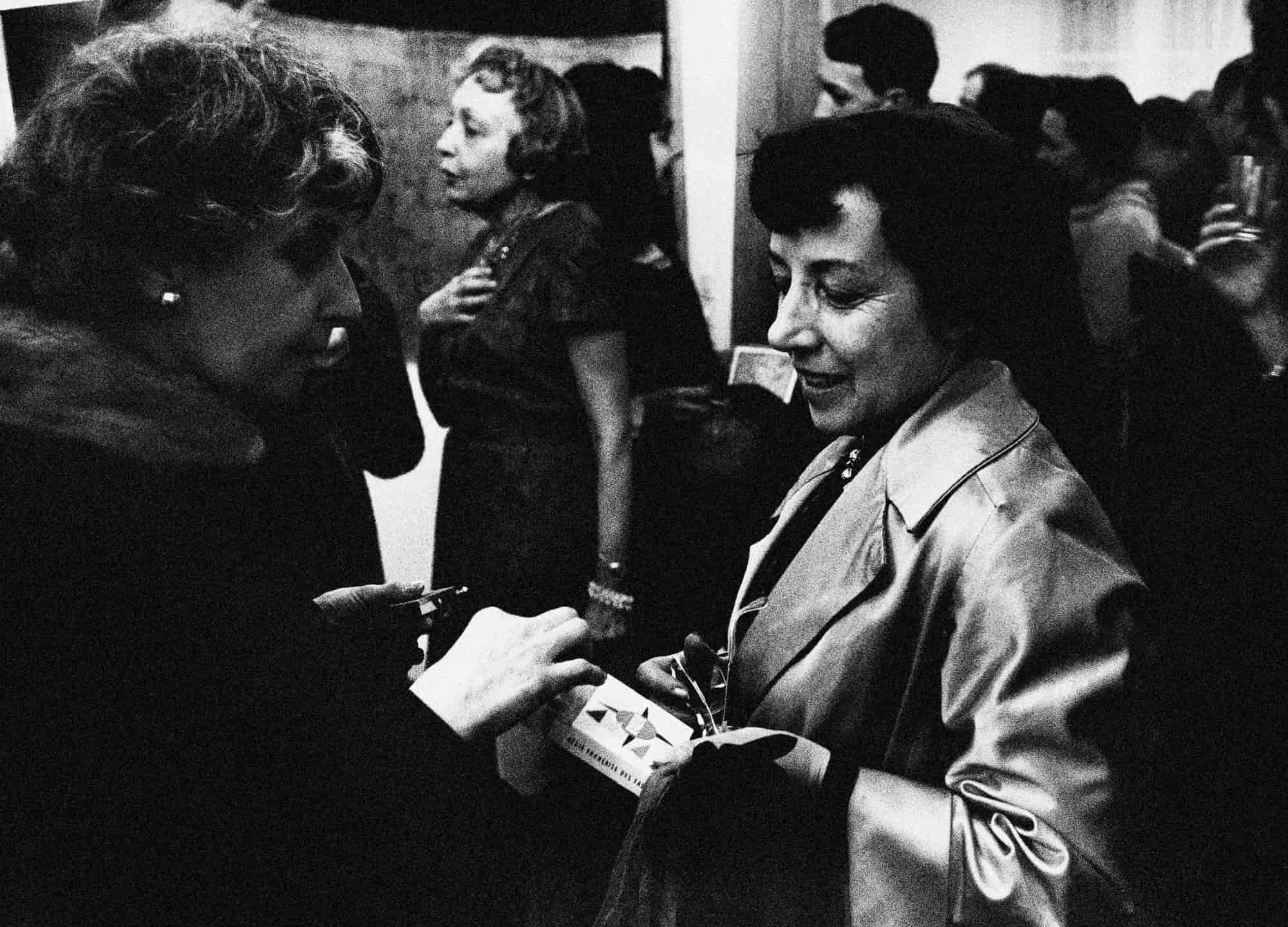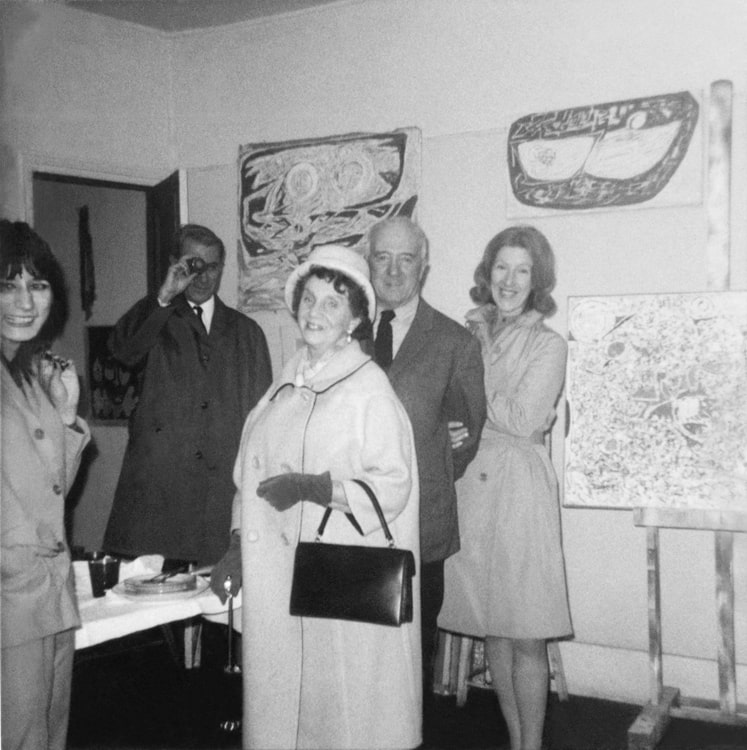PARIS
Marie Raymond's presence in Paris during the post-war period had a profound impact on the city's vibrant art scene. Immersed in the avant-garde movement of the 1940s and 1950s, she became a central figure, contributing significantly to the evolution of abstract art in the French capital.
Arriving in Paris in the early 1920s, Marie quickly integrated into the bohemian life of Montparnasse. It was in this dynamic neighborhood that she and her husband, Dutch-Indonesian painter Fred Klein, established connections with influential artists, critics, and gallery owners. This bohemian lifestyle, marked by intellectual exchange and artistic experimentation, laid the foundation for Marie's future contributions to the Parisian art scene.
Marie Raymond's breakthrough came in the mid-1940s when she transitioned from naturalistic elements to abstraction. Her participation in the "salon des surindependant" in 1945 marked a turning point, and her distinct style gained recognition alongside other post-war avant-garde artists. Notably, in 1946, journalist Charles Estienne organized the "Peinture abstraite" exhibition, featuring Raymond alongside prominent figures like Jean Deyrolle and Hans Hartung, solidifying her status as a key player in the post-war art movement.
The "Lundi de Raymond," a weekly gathering at her apartment on Rue d'Assas, became a pivotal meeting point for artists, critics, and gallery owners. Attended by notable figures like Pierre Soulages and Nina Kandinsky, these gatherings not only showcased Marie's social impact but also demonstrated her commitment to defending abstract art in the post-war era.
Marie Raymond's influence extended beyond her own artistic contributions. As an art critic for a Dutch magazine called "Kunst en Kultuur" from 1946 to 1958, she championed abstract art and brought attention to other emerging artists in Paris. Her unique position as both an artist and critic allowed her to bridge the gap between creation and commentary, further solidifying her role in shaping the narrative of the Parisian art scene during a transformative period.


